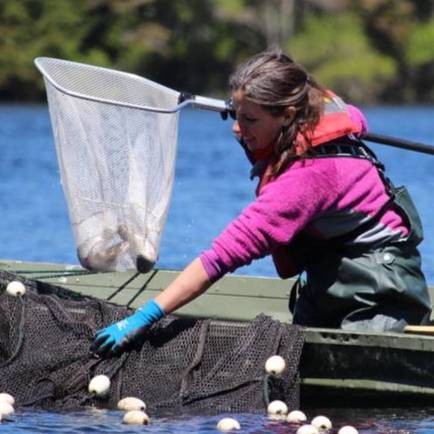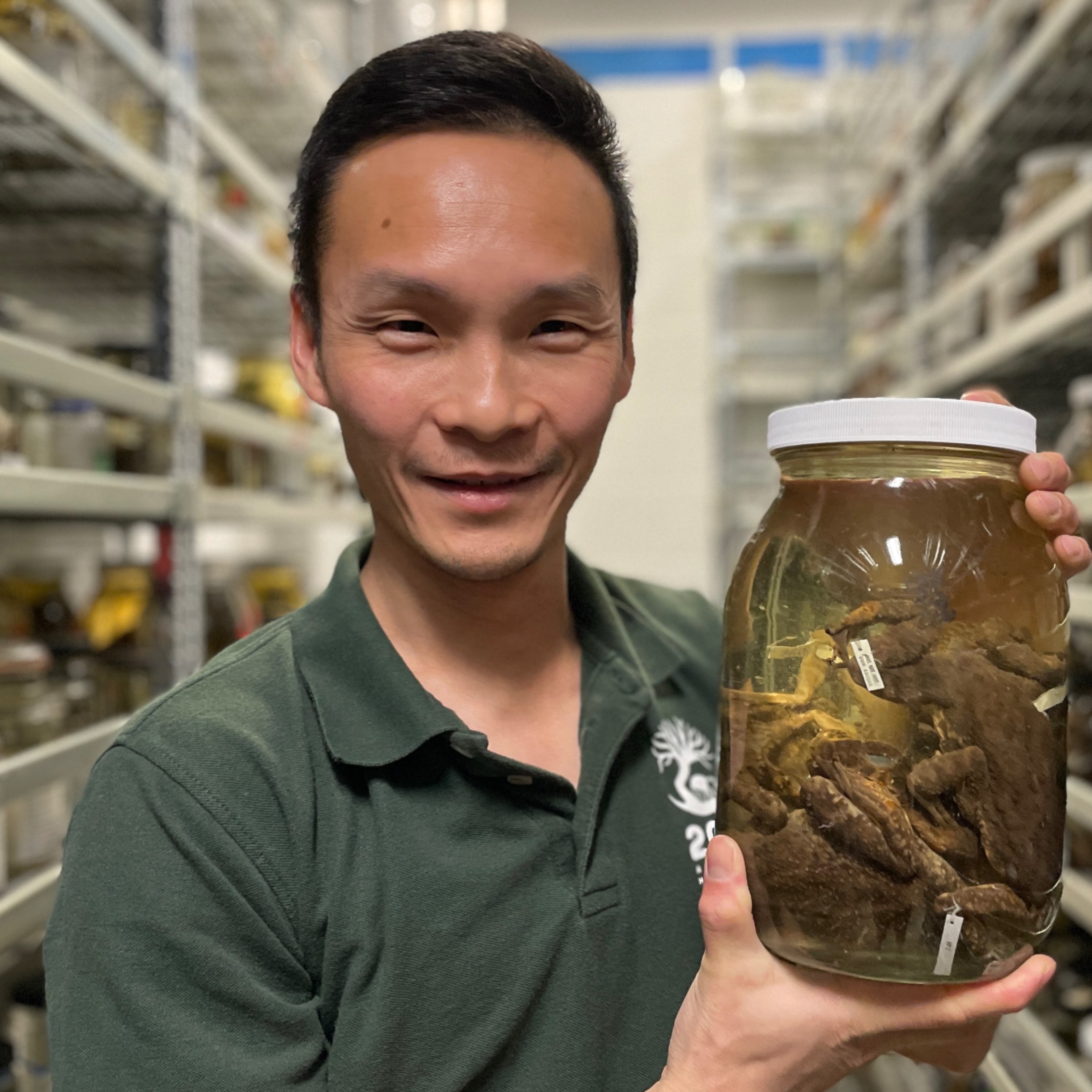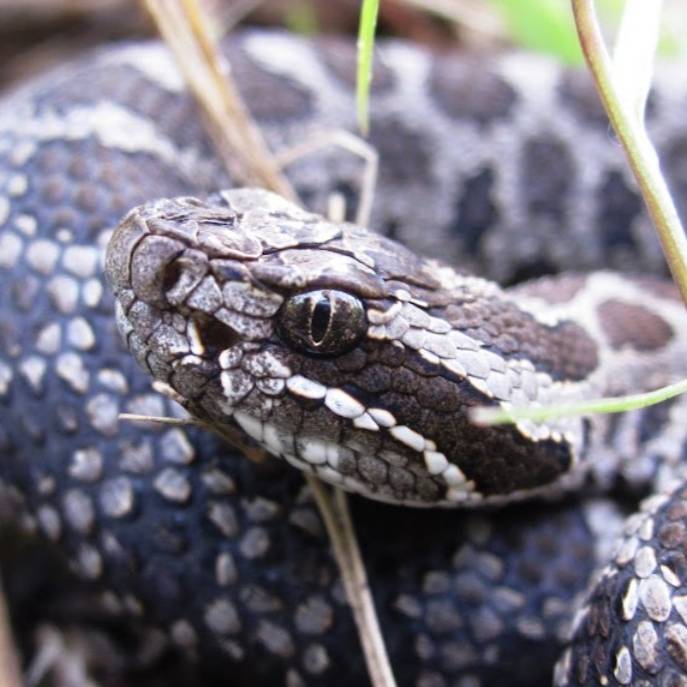Mariah Meek Harnesses the Power of New Genomic Tools to Address a Real-World Conservation Problem
Mariah Meek, a new faculty member in the Department of Integrative Biology, had a paper published in the journal, Ecology and Evolution, this month. The manuscript is called, "Sequencing improves our ability to study threatened migratory species: Genetic population assignment in California's Central Valley Chinook salmon." In this study, Mariah and her collaborators demonstrated the usefulness of genomic resources for identifying genetic markers that allow fast and accurate identification of the imperiled Chinook salmon in the Great Central Valley of California.
According to Mariah, "Chinook salmon in the Central Valley are listed as threatened and endangered under the Endangered Species Act, yet our ability to manage and conserve them has been hindered by our inability to quickly identify individuals back to the populations they come from within the Central Valley. Effective conservation and management of migratory species requires accurate identification of unique populations, even as they mix along their migratory corridors."
While telemetry has historically been used to study migratory animal movement and habitat use patterns, genomic tools are emerging as a superior alternative in many ways, allowing large-scale application at reduced costs. Mariah explained, "My collaborators and I knew that the advent of new genomic sequencing techniques could help us address this problem by allowing us to more thoroughly identify the genetic differences between populations. We could then use those differences to build a new panel of genetic markers that would help managers and scientists quickly identify individual Chinook and assign them back to the populations they come from." Meek's team showed that 80 well-chosen markers can accurately identify Chinook salmon runs and select populations within a run.
The implications of this study are numerous. First, the use of this genetic panel will greatly improve the management of each unique population of Central Valley Chinook salmon. Effective management requires that suitable habitats are available to support the different populations, accurate assessment of anthropogenic impacts on each population in a timely manner, and improved tracking of habitat use and fisheries capture. This genetic panel will now allow us to do this, hopefully improving our ability to protect Central Valley Chinook salmon into the future.
Second, this new genetic panel also provides the tools necessary to conduct ecological studies for each distinct population of imperiled Chinook salmon throughout their migratory pathways and monitor the effects of climate change. Climate change is predicted to change thermal regimes of Central Valley rivers, reduce available spawning and rearing habitat, and vary in the level of effects on the different Chinook salmon populations. Therefore, this new genetic panel will allow researchers to fine-tune our ecological understanding of the adaptive differences among the unique populations of Chinook salmon in the Central Valley and target restoration activities to aid those populations that are most imperiled by the effects of climate change.
Lastly, this study demonstrates how useful genomic data can be for the management and conservation of organisms, and particularly for migratory species where distinct genetic lineages mix along migratory pathways. Mariah confessed, "I’m really excited about this work because it harnesses the power of new genomic tools to address a real-world conservation problem. It is one of the few studies out there that have used next-generation sequencing data to generate results that have direct and immediate conservation applications. It provides a template for how future studies can use genomic information to improve the conservation and management of species and is the foundation for my on-going research, which is looking at how genomic diversity is structured across space and time in Central Valley Chinook."



